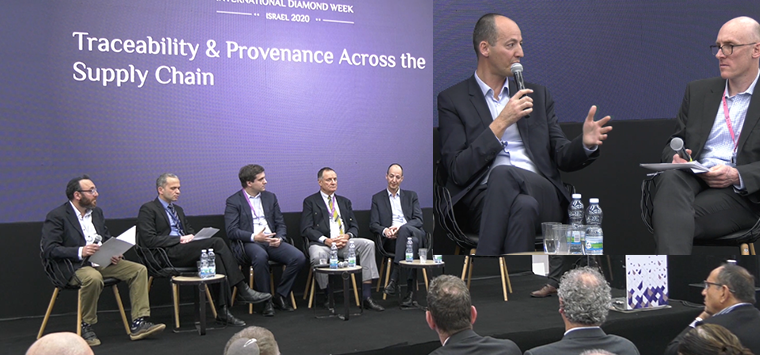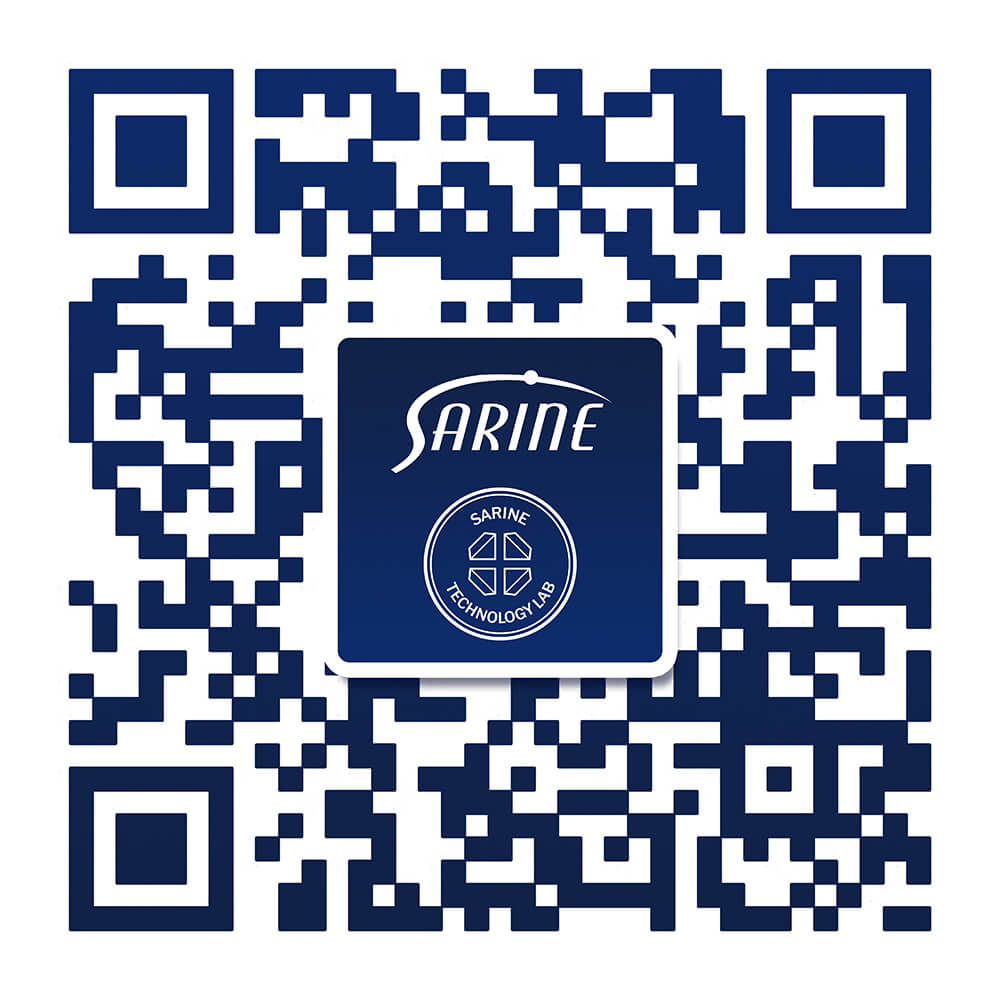From miners to manufacturers, dealers to retailers, everyone who plays a part in the complex diamond pipeline has two issues on their mind: Traceability and Provenance.
At Israel Diamond Week in February 2020, several industry leaders gathered for an enlightening discussion on these very issues, hosted by Avi Kravitz, Analyst and Senior Editor at Rapaport. The well-rounded panel covered all the key perspectives across the entire diamond supply chain:
Mining: Alexey Tikhonov, Head of Projects Strategy and Analytics from mining giant ALROSA; Manufacturing: Emanuel Namdar, a partner at Andre Messika Diamonds, a Namibia-based manufacturer;
Trade: Ernest Blom, President of the World Federation of Diamond Bourses;
Regulatory: Ofir Gur, Head of Diamonds & Jewelry Administration at the Israeli Ministry of Economy;
Technology Services: David Block, CEO of Sarine Technologies and a leading service provider of traceability and provenance technology with the Diamond Journey™ program.
Here’s a brief recap of the key points that arose:
The Issue of Our Time
Traceability and provenance are not new - the diamond industry has been grappling with these issues since 2000, with the first Kimberley Process certification program designed to assure consumers that their diamonds were “conflict-free”; that is, they were not financing conflict in their source region.
However, the Kimberley Process was soon found to be limited, and it did not provide all the necessary information to prevent backlash from customers. For example, is the diamond from a country or company with questionable human rights records? What happens after the rough diamond moves into manufacturing, and to the dealer market, where it changes hands so many times?
This discussion around traceability has evolved and matured, and today, the diamond industry is ripe with new solutions to conquer this vital and complex issue. There is a race for market share in the traceability space as more retailers, brands, dealers, manufacturers, and miners appreciate the importance of diamond provenance.
It is now the issue of our time.
Traceability Begins with the Consumer – and at the Diamond Mine
Demand for traceability is not coming from inside the industry - it comes from the consumer. A new generation of consumers are looking for sustainable products; they want to understand the supply chain and feel comfortable with it. Not just in the diamond industry, but across all consumer goods segments, like coffee and clothing.
According to panel member Alexey Tikhonov, representing ALROSA, “As a producer, and miner of rough stones, we go where the demand goes. Today, we see that the young consumer is much more sophisticated; we see that demand is being created for more sophisticated products. Not simply a diamond, but a diamond that is conflict-free, responsibly sourced, along the value chain, there was no violation of human rights, and when it comes to mining our diamonds, ALROSA is all that. Tracing technology for us is a means to deliver that message regarding the way ALROSA mines. So basically, tracing is enabling us to deliver all of that good that the company is doing.”
True Traceability
Traceability is a tough nut to crack because diamonds change hands so many times along the supply chain.
However, consumers are demanding it and the industry must find ways to provide it.
The most critical - and challenging - part of traceability is creating a verifiable connection between the diamond and its digital certification, during the diamond’s transformation from rough to polished. A diamond is not a static product - it changes throughout the pipeline. And this makes traceability even more difficult to achieve.
“Connecting between the physical and the information is the most critical part of traceability, and is actually the most difficult challenge for our industry because as a diamond goes down from the mine to the consumer it transforms from a rough diamond to a polished diamond, so you’re not just tracking an object, you’re tracking an object that is actually changing and transforming as it goes down the pipeline.” - David Block, Sarine CEO
In order for the process to be verifiable, you need verifiable diamond information - and that can only come from objective tech-based solutions that collect and store diamond data with no interference, from the mine all the way to the consumer.
That’s true traceability.
Sarine, At the Forefront
As the industry moves towards a viable traceability solution, there is much discussion about how to ensure traceability and which solution will succeed in tackling the complex challenges that arise.
As the premier technology company in the diamond industry, Sarine is situated on the ground, at the forefront, with a real tech-based solution: the Diamond Journey™ traceability program, already adopted by numerous diamond companies worldwide.
Want to watch the full panel discussion and hear all about traceability from the industry’s experts? Watch Here:





-1.jpg?width=310&name=blog_image%20(003)-1.jpg)





